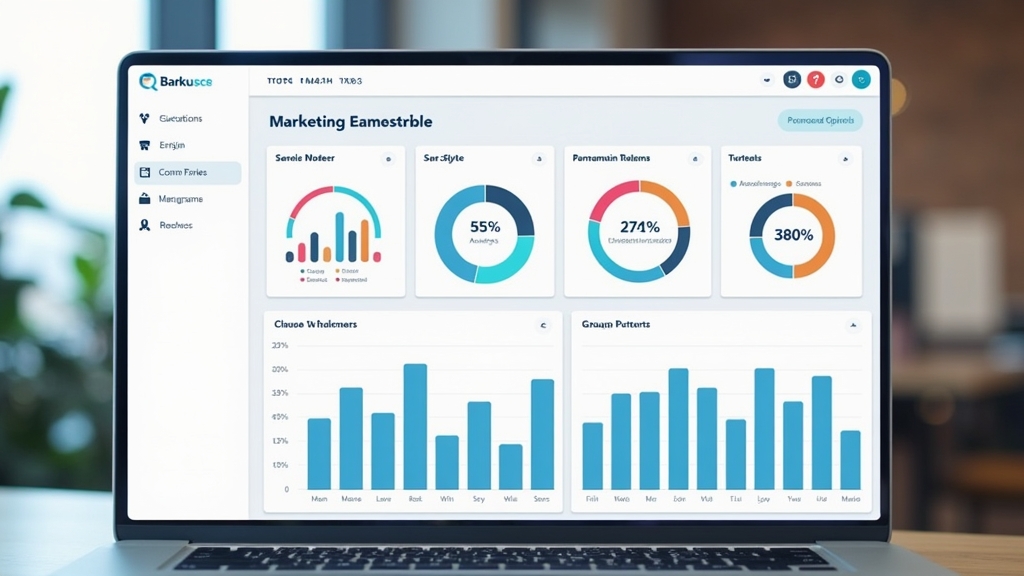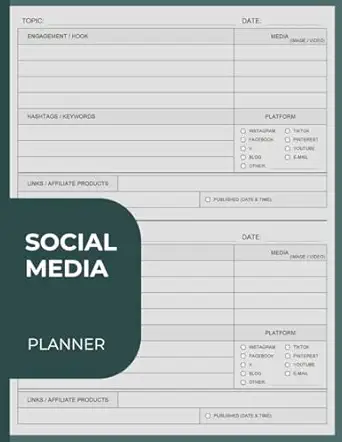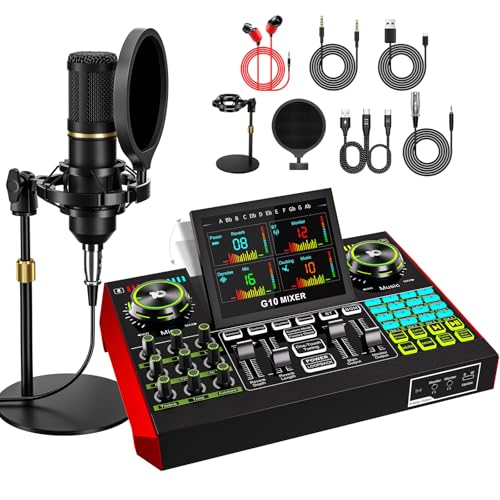The Ultimate Guide to Marketing Dashboard Tools: Boost Your Strategy
Introduction
Understanding the Importance of Marketing Dashboards
In today’s fast-paced digital world, having a clear view of your marketing efforts is essential. That’s where marketing dashboards come in. These tools help you visualize data and track performance, making it easier to understand how your strategies are working. By using a marketing dashboard, you can make informed decisions that boost your overall strategy. This guide will explore what marketing dashboard tools are, their benefits, popular options in 2023, and best practices for implementation.
What Are Marketing Dashboard Tools?
Definition and Purpose
Marketing dashboard tools are software applications that collect and display key performance indicators (KPIs) related to your marketing activities. They provide a centralized location for tracking metrics such as website traffic, social media engagement, email open rates, and more. The primary purpose of these tools is to simplify data analysis so you can quickly assess the effectiveness of your campaigns.
Key Features to Look For
When choosing a marketing dashboard tool, consider features like real-time data updates, customizable reports, user-friendly interfaces, and integration capabilities with other platforms like Google Analytics or social media channels. Additionally, look for visualization options such as graphs or charts that make it easy to interpret complex data at a glance.
Benefits of Using Marketing Dashboard Tools
Improved Data Visualization
One significant benefit of using marketing dashboard tools is improved data visualization. Instead of sifting through spreadsheets filled with numbers, dashboards present information visually through graphs and charts. This visual representation makes it easier for you to spot trends and patterns in your data quickly.
Enhanced Decision-Making Abilities
With access to real-time insights from your marketing efforts, you can make better decisions faster. Marketing dashboards allow you to identify what’s working well and what needs adjustment without waiting for lengthy reports. This agility helps optimize campaigns on the fly.
Time Efficiency in Reporting
Creating reports manually can be time-consuming. However, with automated reporting features found in many marketing dashboard tools, you save valuable time that can be redirected toward strategy development or creative tasks instead.
Popular Marketing Dashboard Tools in 2023
Overview of Top Tools Available
As we move through 2023, several marketing dashboard tools stand out due to their features and usability. Some popular options include Google Data Studio for its free services; HubSpot’s reporting tool offers comprehensive analytics; Tableau provides advanced visualization capabilities; while Klipfolio focuses on real-time data monitoring.
Comparison of Features and Pricing
Each tool has unique strengths—Google Data Studio is great for beginners because it’s free but may lack some advanced features found in paid options like Tableau or HubSpot’s offerings which come with subscription fees ranging from $50 to several hundred dollars per month depending on the level of service required.
How to Choose the Right Marketing Dashboard Tool for Your Business
Assessing Your Specific Needs
Before selecting a tool, assess what metrics matter most for your business goals. Do you need detailed social media analytics? Or perhaps e-commerce tracking? Knowing your specific needs will help narrow down choices effectively.
Evaluating User-Friendliness and Integration Capabilities
User-friendliness is crucial when choosing a dashboard tool since you’ll want team members across different departments able to use it easily without extensive training sessions first! Also consider how well the chosen platform integrates with existing systems—this ensures seamless operations moving forward!
Best Practices for Implementing Marketing Dashboard Tools
Setting Clear Goals and KPIs
To get the most out of any new system implemented into workflows requires setting clear goals upfront! Establish relevant KPIs aligned closely with those objectives so everyone understands what success looks like right from day one!
Regularly Updating and Reviewing Data
Once set up properly don’t forget about ongoing maintenance! Regularly updating information displayed within dashboards keeps insights fresh while also allowing teams an opportunity review progress against established benchmarks periodically throughout each campaign cycle!
Case Studies: Successful Implementation of Marketing Dashboards
Examples from Different Industries
Many businesses have successfully implemented marketing dashboards leading them towards greater success stories! For instance companies within retail sectors often utilize these systems track sales conversions alongside customer behavior patterns—allowing them adjust promotions accordingly based upon real-time feedback received directly via their dashboards!
Key Takeaways from Success Stories
Key takeaways include understanding importance behind tailoring metrics specifically suited towards individual business objectives while ensuring all stakeholders remain engaged throughout process—from initial setup stages all way through regular reviews thereafter!
Conclusion
The Future of Marketing Dashboard Tools in an Evolving Landscape
As technology continues evolving rapidly so too does landscape surrounding effective utilization available resources including various types sophisticated analytical platforms designed enhance overall performance across diverse industries today! Embracing change means staying ahead curve by leveraging powerful insights gained through proper usage these innovative solutions moving forward into future endeavors!
📢 Explore More: Continue Your Journey!
If this article helped you understand how marketing dashboard tools work effectively within organizations check out The Essential Guide to Analytics Software! It covers vital aspects regarding analytics software helping improve decision-making processes significantly.














![NEEWER 55W 18"/45cm Ring Light Kit [New Version], 5600K Dimmable ...](https://m.media-amazon.com/images/I/414QLqvZWLL.jpg)








